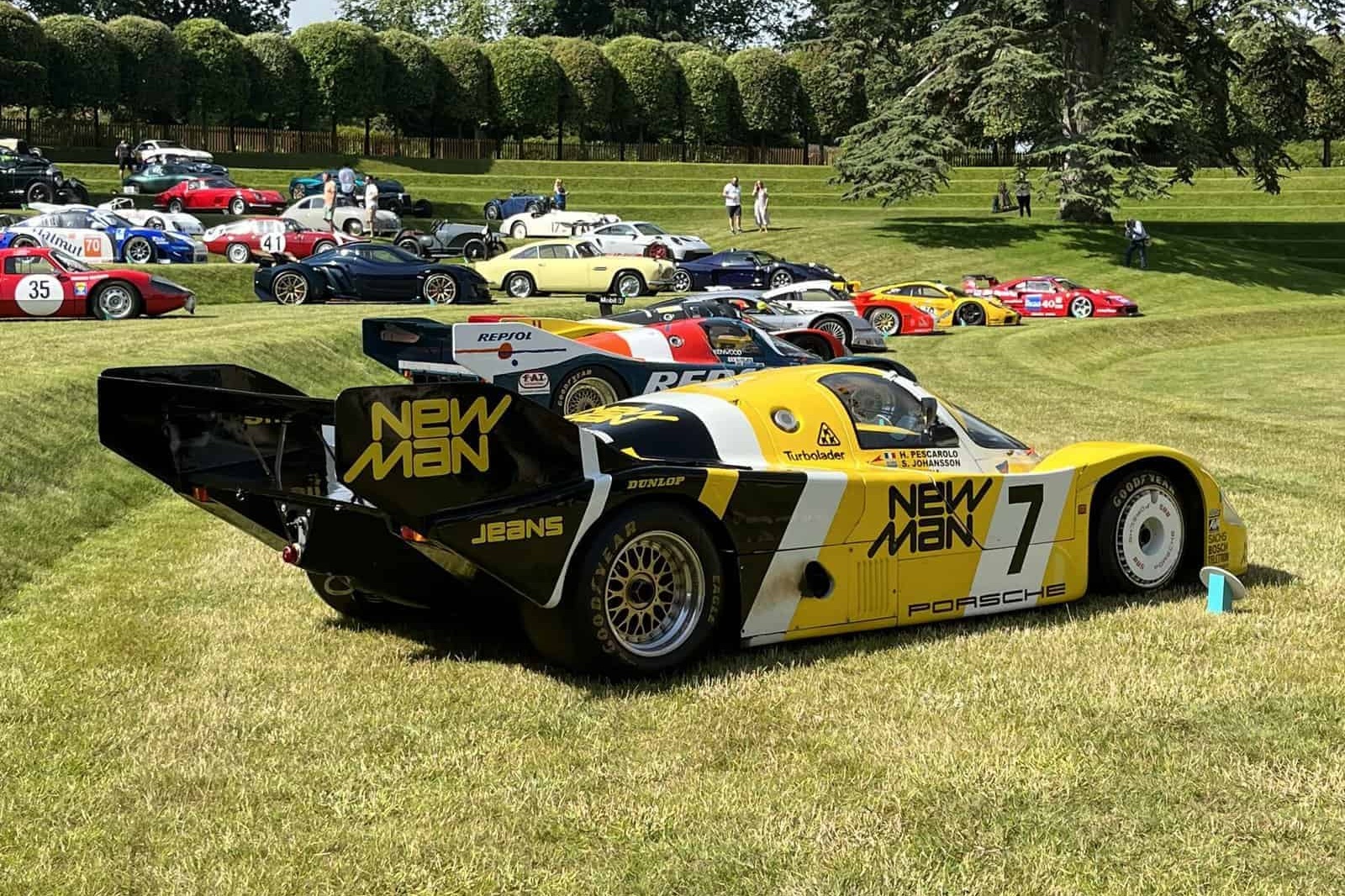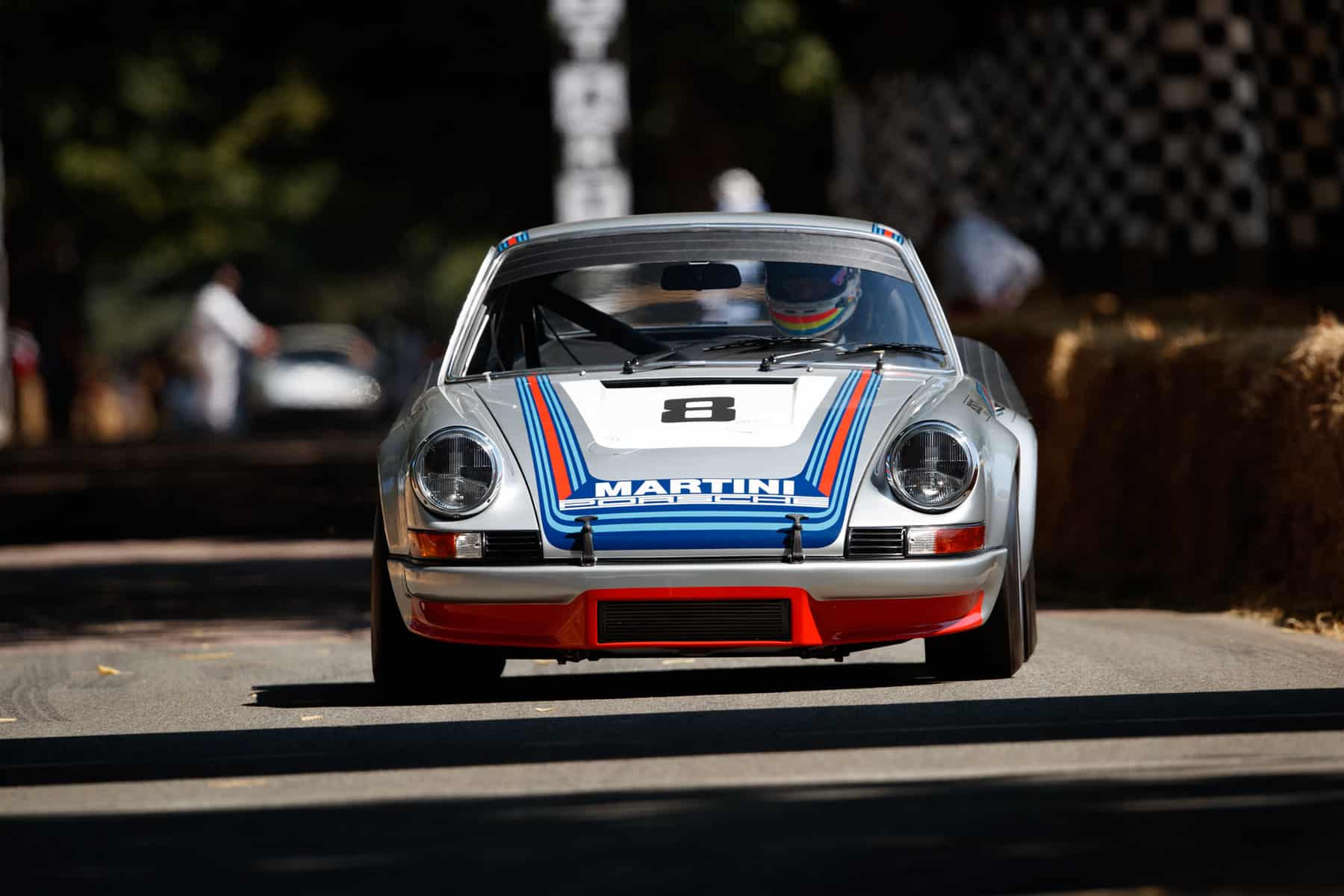Corvette XP-882
The best mid-engined ’Vette yet
WORDS & IMAGES BY: KARL LUDVIGSEN
In response to Ford’s “Total Performance” of the 1960s, Zora Duntov and his team produced the XP-882, the most menacing mid-engined Corvette to date. A descendant of CERV II, it had an ingenious and futuristic drivetrain.
Near the end of the 1960s it was an open secret in Detroit that Ford was eager to get into production, somehow, with a modern two-seater sports car. Such a car would capitalize on the publicity earned by Ford’s two successive victories at Le Mans in 1966 and ’67. It would also have the potential to offer tough competition to Chevrolet’s Corvette in the marketplace.
Ford designed such a two-seater in parallel with its racing GT Mark IV and showed it, as the Mach 2, during 1967. It was a straightforward mid-engined coupe concept that looked almost production-ready. Ford also announced plans to manufacture a small series of a Mark III road-car version of its famous GT40 sports-racing car. Both Dearborn projects represented major threats to the Corvette, both commercially and in image terms.
Chevrolet had a potential rejoinder to Ford’s exploits on the track. This was the four-wheel-drive CERV II. The thinking invested in CERV II by Zora Arkus-Duntov and his engineering lieutenant Walt Zetye also contributed to the design of a potential mid-engined road-going Corvette in 1968. Their XP-882, known by this Design Staff code name, was intended to make full use of the knowledge gained with CERV II. They aimed to transfer to a mid-engined road car the same potential for ultimate development to extraordinarily high performance that they had given the 1963 Sting Ray.
Duntov and Zetye built into the XP-882 an extra margin for high performance by making it eminently suitable for four-wheel drive. They did this while also solving the challenging riddle of a low-cost drivetrain for a mid-engined sports car. While at that time there were a few transaxles that were suitable for mid-engined racing cars, none was available off the shelf that would survive in a powerful sports car for the road.
Even more exotic was the idea of a drive to all four wheels of a sports car. This was long before engineers began thinking about the potential of four-wheel drive for road cars; only FF Developments in Britain was working on such ideas and, in spite of first-class engineering, making little headway. Yet the Chevrolet engineers aimed to combine all-wheel drive with a powertrain from the engine to the wheels that would be less expensive to tool for production than anything that had been proposed so far. On the surface it seemed impossible.
Several other engineering groups at both Design and Chevrolet were attempting to solve the transaxle dilemma. One at Design laid out an exciting concept with a transverse V-8 and parallel gearbox using internals from the Corvette transmission. Others were using the same pieces that now drew the attention of Duntov and Zetye: the drivetrain of the front-wheel-drive Oldsmobile Toronado. This had been in production since 1966 and from 1967, also for the Cadillac Eldorado.
Their first approach had been to move the Toronado engine/drive package to the rear of the car. No matter how it was positioned, however, it placed the engine higher than it should be from the standpoints of both rear vision and center-of-gravity height. There was the additional snag that the Toronado drive was available only in automatic-transmission form, so additional tooling would be needed in any case to make a manual-shift version.
In studying the Olds components and thinking about the ways they might be used, Duntov hit on an arrangement that was sufficiently novel to warrant an application in January 1969 for a patent that was granted in May 1971. The patent’s drawings help us understand the layout of this unique drivetrain.
From the Olds design Zora kept the torque converter mounted at the end of the crankshaft and the Morse Hy-Vo chain from the output end of the converter, carrying the drive to another shaft in parallel with the crankshaft. In plan view, however, he made a major change. He rotated the engine clockwise 90 degrees so its crankshaft was athwart the car instead of longitudinally aligned. Now the torque converter was on the left side of the package instead of at the rear.
Duntov adopted the strong final-drive gears of the big Chevy, in an aluminum housing, placed centrally between the wheels. Then he connected the output of the ex-Toronado transmission to the differential with a pair of bevel gears and a short shaft running rearward through a tube in the engine oil pan, below the crankshaft. The oil pan became a sturdy casting to which the differential case was firmly fixed. Also attached to the pan was the housing for the right-angle bevel-gear pair, so the two could be connected by a shaft without universal joints running in conventional ball and tapered-roller bearings.
As to the transmission itself, there were several choices. The fully automatic Turbo Hydra-Matic unit used in the Toronado and Eldorado would bolt right in. In this instance the only parts for which new tooling was needed were the spiral bevel-gear set and case and the oil-pan casting. Tooling cost was low but the bill for the components was high, since quite a few pieces were needed to turn the drive through 90 degrees four times. Weight was also high, adding up to 950 pounds for the complete package using the 454-cubic-inch version of the Mark IV V-8.
Duntov’s patent specifically covered an unusual manual-shift adaptation of this driveline. Instead of the automatic-shifting planetary box of the Turbo Hydra-Matic, Zora placed a small-diameter multiple-disc clutch and a conventional manual gearbox between the Morse chain and the pair of bevel gears. Keeping the torque converter, both to absorb impact loads in the drive and to supply an additional torque reduction, Zora was able to give the XP-882 enough gearing with the compact Saginaw fully synchronized three-speed transmission.
To change gears the multiple-disc clutch could either be freed with a pedal the normal way or operated automatically with a servo link to the gear lever like Porsche’s Sportomatic. The combination of a torque converter with a three-speed manual shift was thought unlikely to run into heavy resistance from sports-car buyers, who could be made aware that it was identical in principle to the transmission used by the Chaparrals to win at the Nürburgring in 1966 and at Britain’s Brands Hatch in 1967.
Duntov’s driveline was made to order for the eventual addition of four-wheel drive. From the bevel-gear case another shaft could easily be added, to run forward down the center of the car to another differential at the front. Swapping positions of the bevel gears and the rear-wheel ring-and-pinion gears would be needed to get the right shaft rotation senses.
Since the front and rear pairs of wheels would run at different speeds in corners, a differential in the bevel box was needed to give them that freedom. In his patent Duntov also covered the idea of introducing that differential action by means of small separate fluid couplings or torque converters powering each pair of wheels, just like those of the CERV II
Zora decided to “keep mum” about these four-wheel-drive ideas initially, wrote his biographer Jerry Burton. “I felt that it was too much to ask upper management to have the foresight that 4WD for high-performance sports cars was a necessary, coming thing,” Jerry quoted Zora. “It was many months before I succeeded in convincing management that this was the way to go.”
Neither of the two prototype cars that were under construction during the 1968 to 1969 winter had drive to the front wheels. These had 400-cubic-inch small-block V-8 engines with the Turbo Hydra-Matic transmission.
The XP-882 chassis’s adaptability to four-wheel drive was protected by providing clearance for axle shafts through the front-suspension members and also by angling the pivot lines of the lower front wishbones, like those of the CERV II, so they would be able to exert an anti-lift force when the chassis was equipped with four-wheel drive. In general the suspension geometry of the XP-882 was much like that of the CERV II, using the rear half-shafts as suspension members in the manner of the Sting Ray.
Transverse placement of the engine and its close proximity to the rear axle allowed Zora’s engineers to give the XP-882 a wheelbase that was unusually short for a big mid-engined car: 95.5 inches. Overall length was about the same as the first-generation Sting Ray at 174.5 inches while height was cut to only 42.5 inches, an inch less than the XP-880 and 10 full inches lower than the pre-1963 Corvettes. Track dimensions were set wide at 61.5 inches, bringing the car’s width to 75 inches. Curb weight was at the 3,000-pound level, distributed 44/56 front/rear with the 400-cubic-inch engine.
Anticipating possible future restrictions on convertibles by safety laws, the XP-882 was conceived solely as a coupe. This allowed the steel birdcage supporting the GRP body to be made part of the main frame structure, which was based on a welded-steel platform joined to high-level boxed-steel frame members at the front and rear. The fuel tank was low between the front wheels, with a filler cap in the center of the front deck. An oval lid next to it gave access to the brake-fluid reservoirs without the need to lift the whole swing-up front body section, which also housed the space-saver spare tire. Exterior skin remained fiberglass.
Placed in the nose, the XP-882’s coolant radiator skirted the issue of ducting the air up or down by releasing it into the front wheelhouses, where a vacuum usually prevails. Luggage space was to be provided in the tail, to the rear of the engine, as in the Lamborghini Miura and Ferrari Dino 256—other transverse-engined sports cars of the time. With its tapering rear and “boat-tailed” roof line, the forthright shape of the XP-882 reflected the fact that Bill Mitchell’s designers styled it at about the same time as the rework of the Mako Shark II that was dubbed the Manta Ray. No special effort was made to style the interior, which was crudely functional.
Concentric coil springs and shock absorbers were part of XP-882’s suspension at all four wheels. Steering was power-assisted rack and pinion. Exceptionally handsome wheels of 356-T6 aluminum alloy were bolted on and pierced by 10 vent slots near the rims. These gave additional cooling to outboard disc brakes with experimental aluminum calipers. Fifteen-inch wheels were 8.0 and 9.0 inches wide at front and rear respectively, carrying Firestone tires of E60 and G60 section.
These were the design highlights of an intensely serious effort to produce a mid-engined car that would be a fit successor to the established Corvette. Wrote Zora’s successor Dave McLellan, “The mid-engine car was Zora’s ultimate vision for the Corvette. It embodied all the ideas he had developed over a lifetime of racing and of designing automobiles.” Two cars were completed in the spring of 1969. Their testing was just beginning to get under way when the XP-882 program came—to use a Duntov-ism—“to screeching halt.”
The mid-engined concept “was controversial,” said McLellan, “causing a battle royal within the organization. Never have I seen such a heated or polarized controversy within GM.” Calling the cars “7/8 scale models,” McLellan said that the transition to production “would have required an all-new detailed design, a situation that was not unusual for a car at this stage of its development. Interior room was at a minimum; there was virtually no luggage space; the gas-tank capacity was inadequate and the steel structure was patched and cobbled.”
The design’s ergonomic shortcomings did nothing to help its cause in the halls of power at General Motors. Corvette sales chief Joe Pike saw in the XP-882 a car that would cost substantially more than the present model while offering no greater performance initially, no more passenger and luggage room, no convertible model, an engine that was almost inaccessible for service and, for the first year or two, only an automatic transmission. Nor did the convoluted drivetrain win many adherents, said Duntov: “The universal objection was over the complicated driveline.”
These were not conditions that encouraged Joe Pike to be optimistic about the market outlook, even if surveys of Corvette owners did indicate that they would enthusiastically welcome a mid-engined model. A negative verdict on the XP-882 “became the official position of the Chevrolet Sales Department,” wrote Dave McLellan, “and earned Joe the enmity of both Zora Arkus-Duntov and Bill Mitchell.” A protracted strike at General Motors, which raised questions about the status of many future plans, was another negative factor.
Decisive was the outlook of Chevrolet’s youthful new general manager, John DeLorean. Tall, lean, and good-looking, DeLorean had come from Packard as an engineer to Pontiac, where he stressed innovative design as chief engineer and then as general manager. With such products as the restyled Grand Prix, built on a cheaper intermediate chassis instead of a costly low-volume full-size chassis with no loss in product appeal, DeLorean had enhanced Pontiac’s profit by making less look like more and pocketing the difference to the good of his division and General Motors.
Now, running Chevrolet, DeLorean was being asked to be enthusiastic about a new Corvette that promised to be tricky to tool and produce at a profitable price and volume, a car that risked not being profitable at all. This wasn’t the kind of decision he wanted to make at the beginning of his career at GM’s biggest and most important division, in a post that was an acknowledged and proven stepping stone to bigger and better things at General Motors.
DeLorean halted work on the XP-882 and asked the engineers to look instead at the idea of a Corvette built on a shortened version of the new Camaro chassis that was set for introduction early in 1970. If he could build an acceptable Corvette on this low-cost basis, DeLorean reasoned, and add enough visible value in the car’s styling and features to merit the cost premium the Corvette commanded, he’d be able to repeat at Chevrolet the triumph he’d scored with Pontiac’s Grand Prix. But in this he collided with a united front by the responsible stylists, engineers and salesmen. None would agree to a drastic devaluation of the concept of the Corvette that would have eliminated its hard-won independent rear suspension and four-wheel disc brakes.
The status quo was altered again early in 1970 by the forces of competition. Word reached General Motors that Ford, after an internal battle between rival designs and factions, had decided to back (and later to buy) Italy’s de Tomaso in the production of a mid-engined sports car to be marketed in the U.S. by Lincoln-Mercury dealers. Also, they found, American Motors had styled a mid-engined machine that was to be made in limited numbers in Italy by Bizzarrini. This, the AMX/3, was also to be sold in the United States. Both cars were slated to make their debut as 1971 models at New York’s International Automobile Show in the first days of April 1970.
Attended by the world’s press and featuring the products of most of the world’s makers, the New York Show in these years had great aesthetic importance — if modest commercial significance — to American car builders. Bill Mitchell of GM Design wasn’t pleased at the idea of being upstaged by other firms in New York. Not long before the show, in a frank effort to get the XP-882 program back into gear, Zora Duntov took Mitchell and Chevy’s chief engineer, Alex Mair, to see the completed prototypes in the inner sanctum of Chevrolet Engineering, the “design check” room where new cars went together for the first time. Their reaction was immediate and unanimous: “Let’s put it in the New York Show!”
In a tremendous rush one car was painted metallic silver and dressed for its show appearance. That its showing in New York took the industry by surprise was indicated by the comments of Car Life: “Nobody has secrets like Chevrolet has secrets.” The day before the New York Auto Show opening, everybody knew about Ford’s Pantera, the American Motors AMX/3, the latest version of Mercedes-Benz’s C-111. Official word and scuttlebutt agreed: The mid-engined Corvette was dead as Marley. Chevrolet would display its new engine, but no real show cars. And the doors opened, and lo, there was a mid-engined Corvette. It didn’t even have a fancy name, simply a plain, bold label—“Corvette Prototype.” In fact there had been no time to think up a fancy name.
In Motor Trend Eric Dahlquist put it hyperbolically: “April 2, 1970. A day that will live in infamy at Ford Motor Company. A day when Chevrolet roared out of the sun with the throttle wide-open and the wind shrieking and watched their tracers stitch into the shining sides of the new de Tomaso, sending it down in flames at the 52nd Annual New York Automobile Show. The raison d’etre for the de Tomaso in the first place was to dim Chevy’s image, a plan frustratingly scotched before the eyes of thousands in Gotham City.”
Thanks to this image impact in New York the enthusiast press started hailing the XP-882 as the coming Corvette of 1973. In fact it would be approved in September 1970 for production as a 1974 model by the all-powerful Corporate Engineering Policy Group. But Chevy chief DeLorean again applied the brakes to the XP-882 concept, pushing for a much lighter car with the possibility of a GM Rotary engine that would delight GM president Ed Cole.
The “Corvette Prototype” shown in New York would have a mid-engined successor with a similar drivetrain that suggested that aluminum, not fiberglass, could be the future for the Corvette. And the XP-882 chassis would be host to a sensational concept car powered by four rotary engines. Duntov was down, but definitely not out.
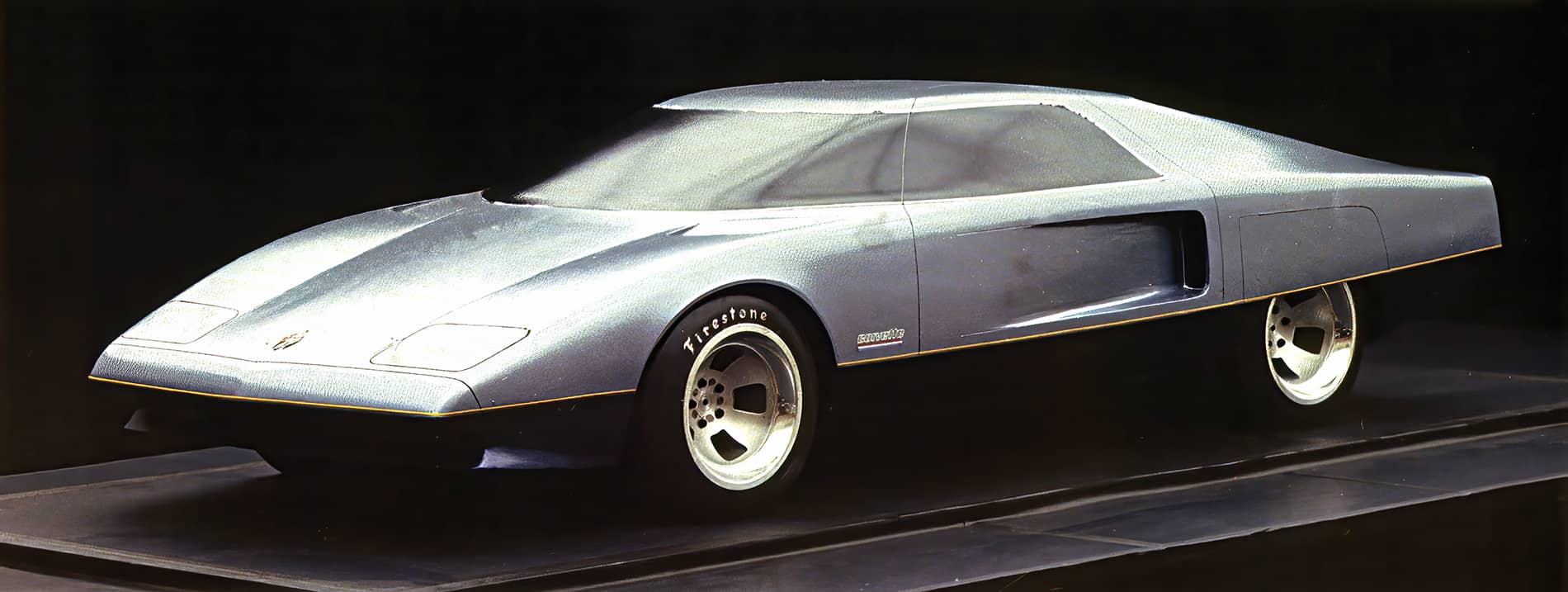

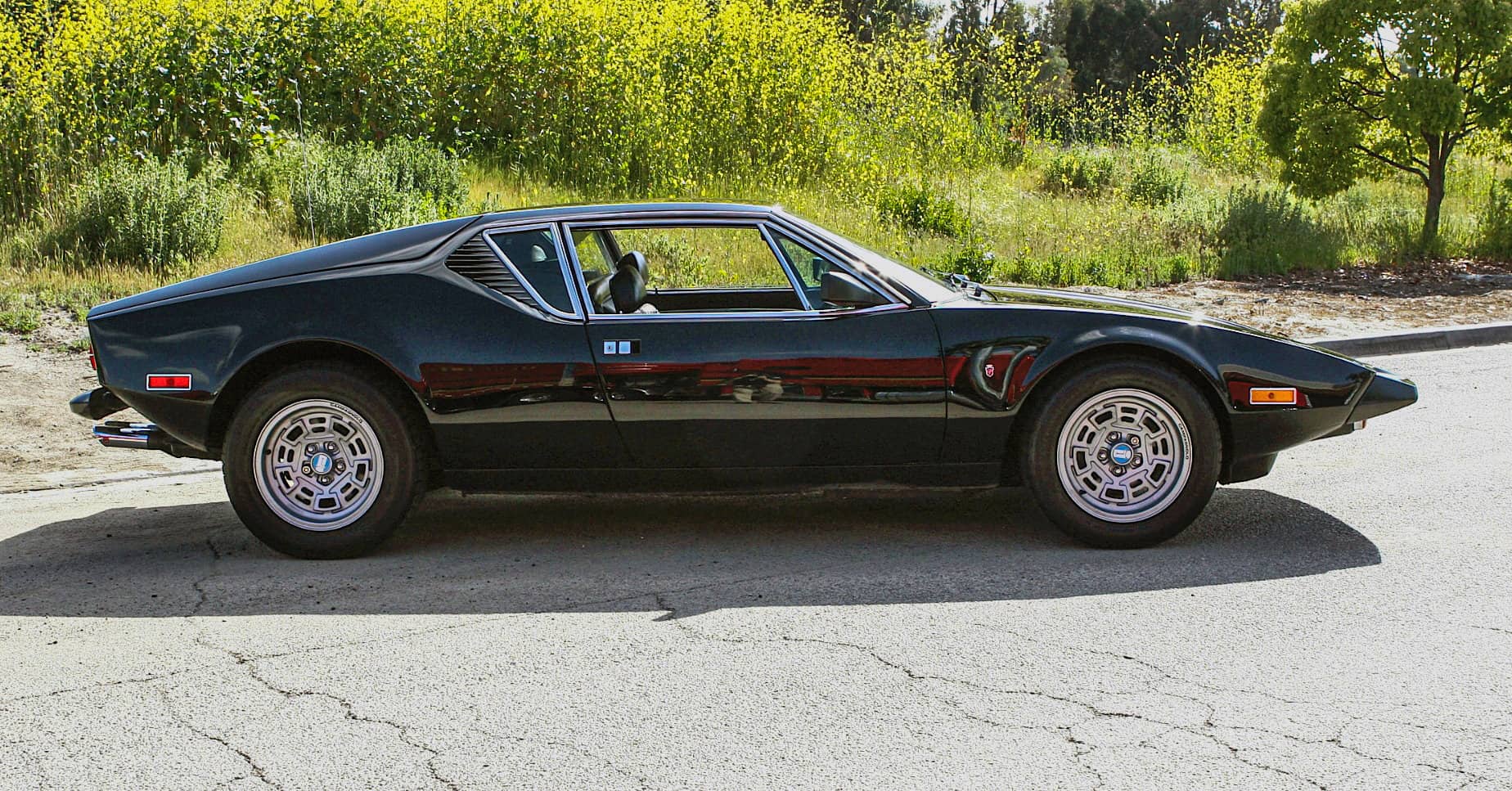
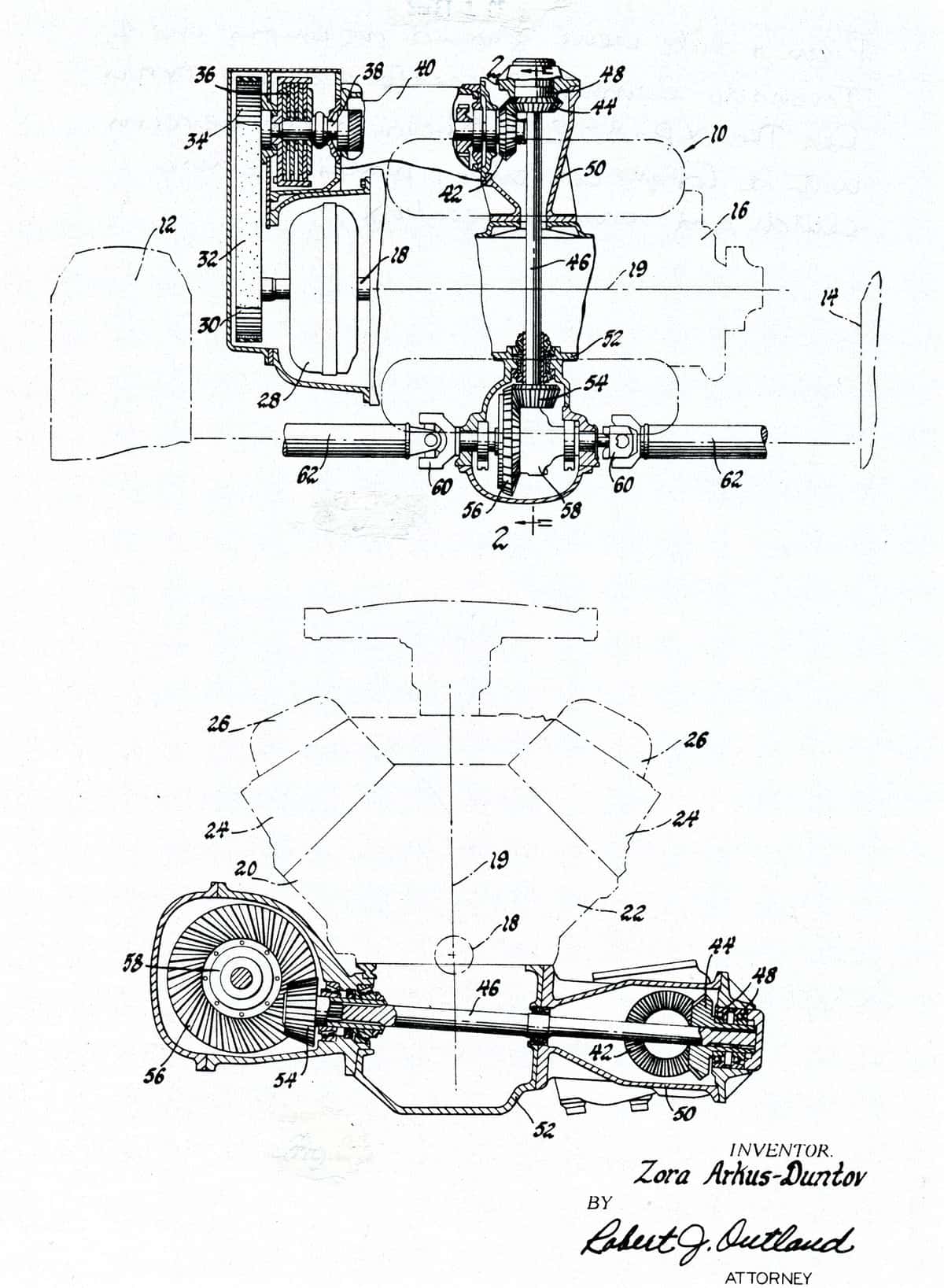
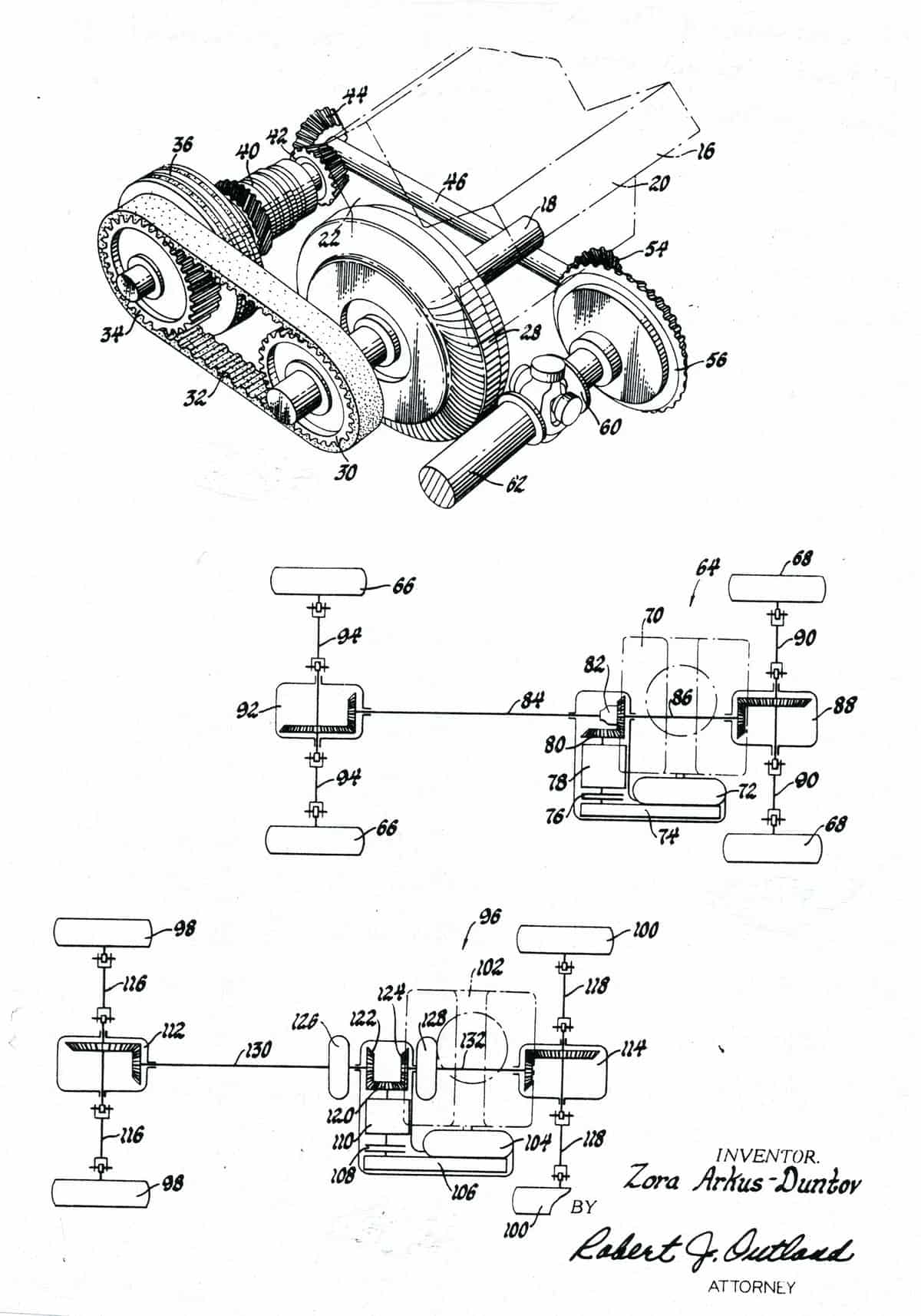
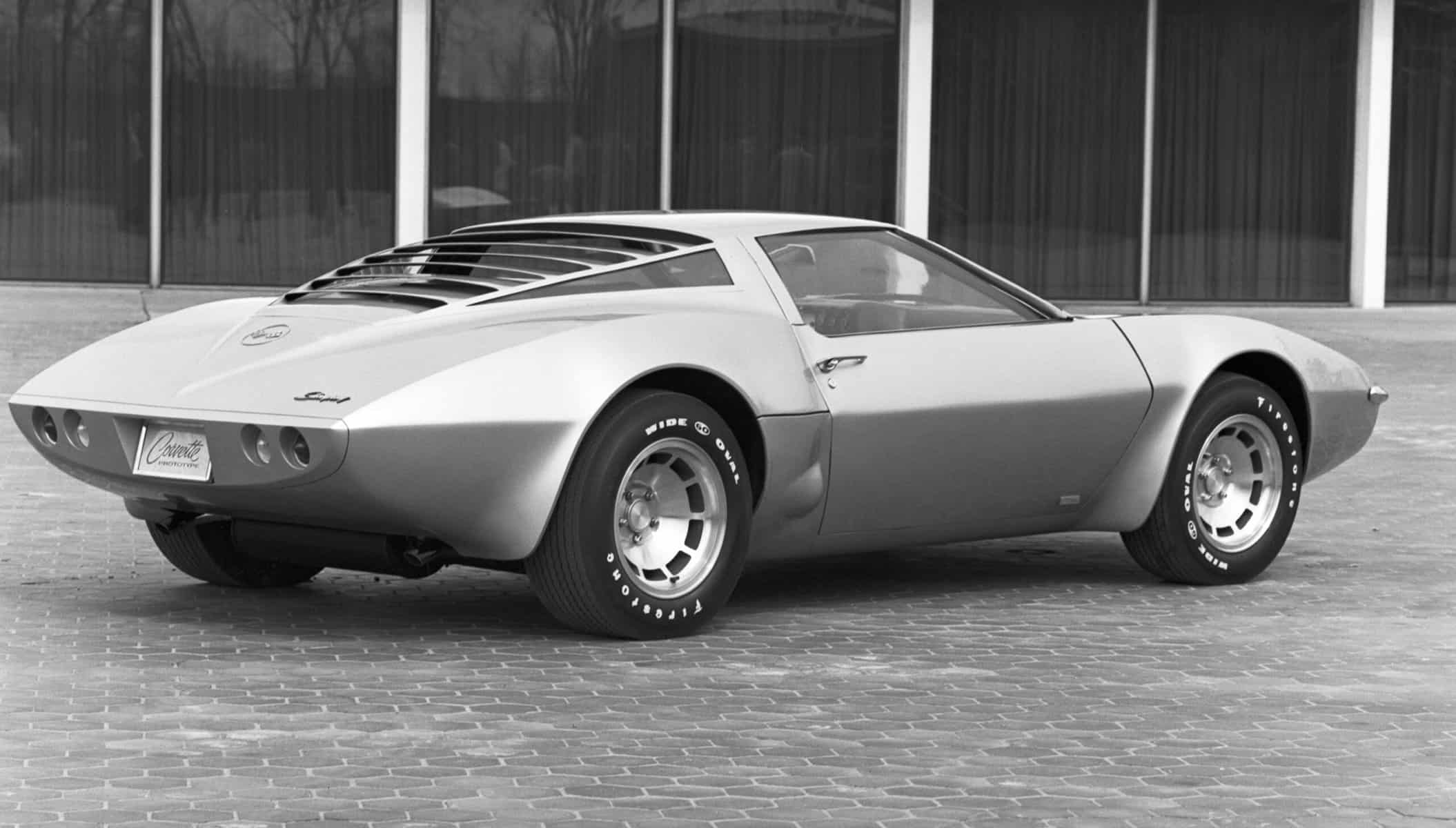

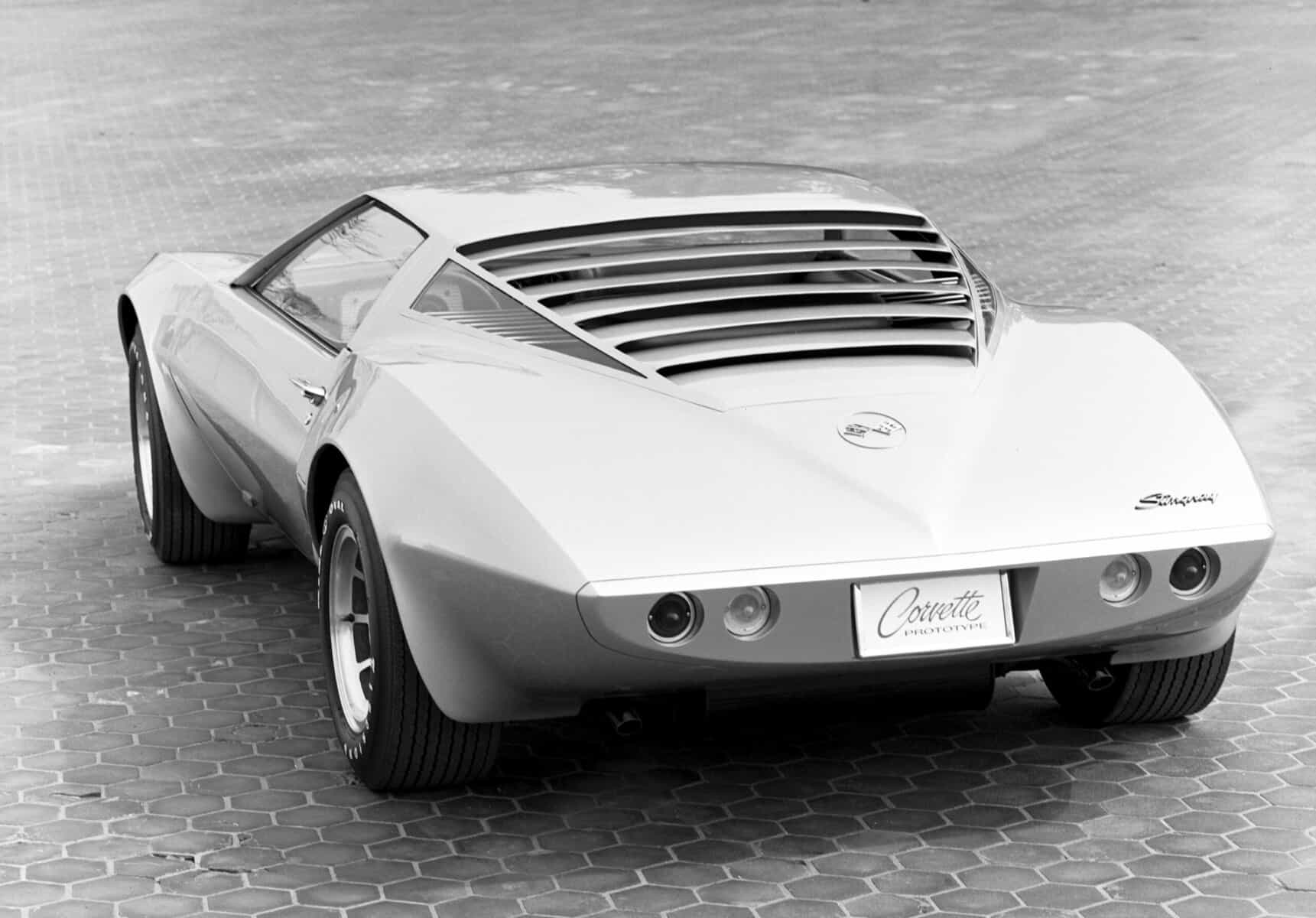




![alfa gtz perfectly imperfect webannerl[1]](https://automedia.revsinstitute.org/wp-content/uploads/2024/08/Alfa-GTZ-Perfectly-Imperfect-webannerl1-uai-1200x800.jpg)
